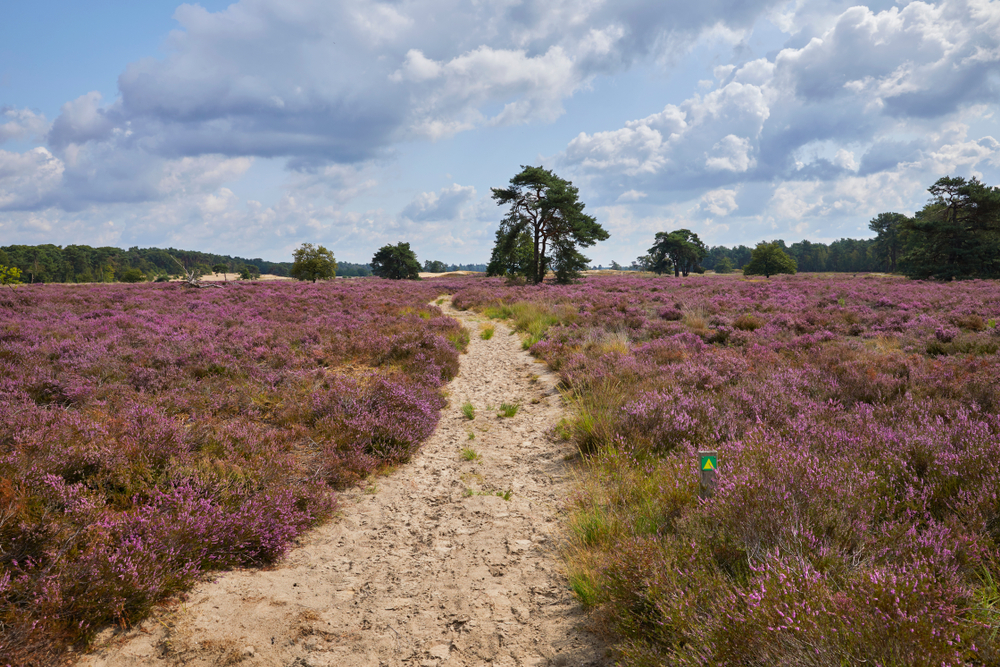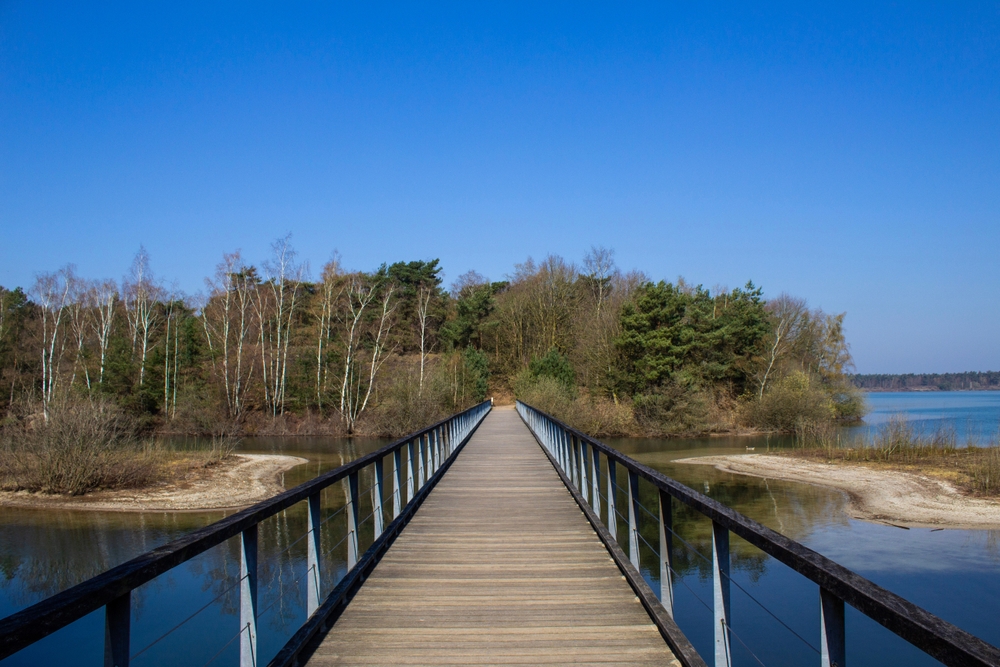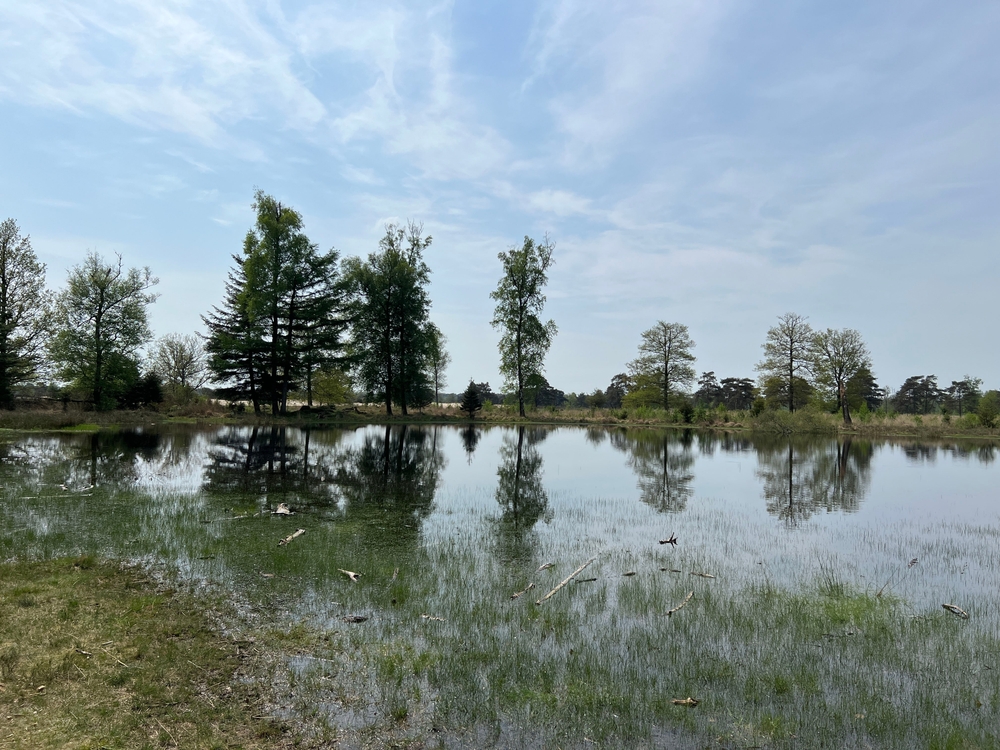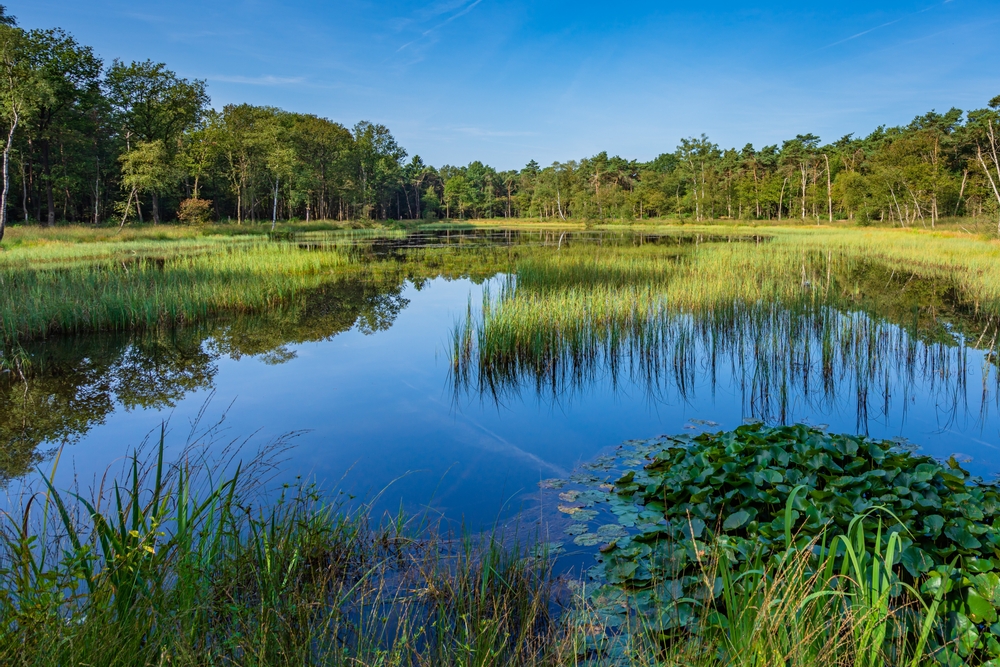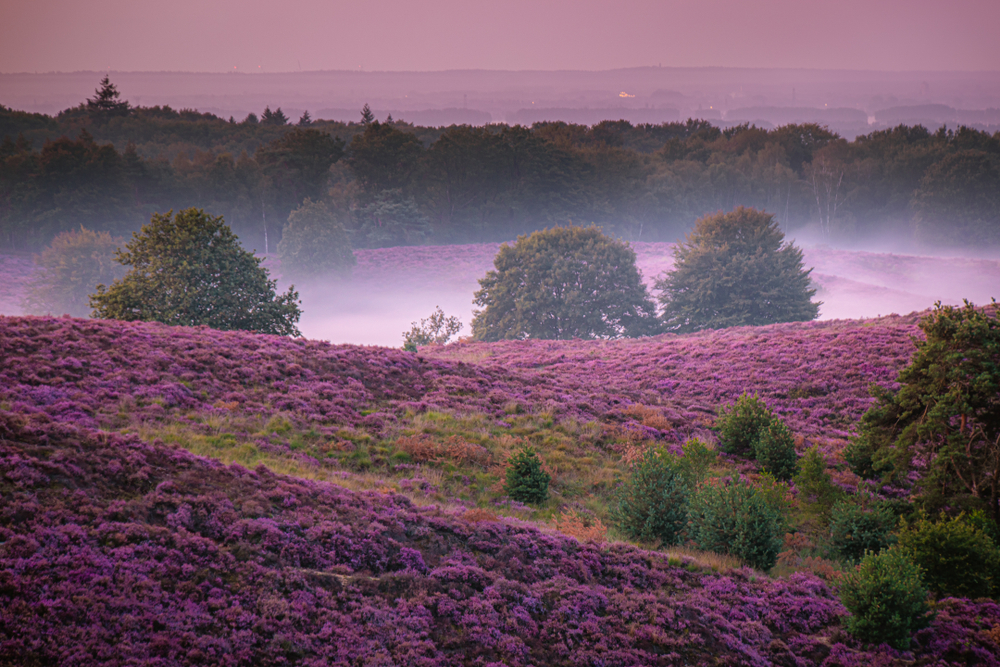Oosterschelde Overview
Oosterschelde National Park, known locally as Nationaal Park Oosterschelde, is the largest national park in the Netherlands, covering approximately 140 square miles (370 square kilometers).
Situated in the southwestern part of the country, the park encompasses the Oosterschelde estuary, which lies between the provinces of Zeeland and North Brabant. This unique marine park was designated in 2002 to protect its rich biodiversity and dynamic tidal landscape. The area is characterized by expansive sandbanks, salt marshes, mudflats, and tidal channels, all shaped by the ebb and flow of the North Sea.
The Oosterschelde is also influenced by the Delta Works, a series of dams and storm surge barriers constructed to protect the Netherlands from flooding, particularly the iconic Oosterscheldekering, which regulates water flow while maintaining the estuary’s ecological health.
The terrain of Oosterschelde National Park is primarily composed of intertidal zones, seagrass meadows, and shallow waters that support a diverse range of marine life. Sandbanks emerge during low tide, providing resting spots for seals and wading birds, while the salt marshes and mudflats serve as feeding grounds for a variety of waterfowl.
The park’s estuarine environment creates a dynamic ecosystem that changes with the tides, influencing the distribution of plant life and habitats. Sea lavender, samphire, and eelgrass flourish in the nutrient-rich waters, contributing to the area’s natural beauty. The underwater world of the Oosterschelde is equally captivating, featuring reefs formed by native shellfish, such as mussels and oysters, which support a vibrant aquatic ecosystem.
Wildlife is a major attraction in Oosterschelde National Park, particularly its bird and marine life. The park is an important resting and feeding ground for migratory birds, including the Eurasian spoonbill, avocet, and oystercatcher. Birdwatchers can also spot large numbers of Brent geese, common shelducks, and curlews, particularly during the winter months.
Marine species thrive in the estuarine waters, with common and grey seals frequently seen basking on sandbanks. Porpoises are also a highlight, as they can often be spotted gliding through the waters. The rich underwater life includes anemones, starfish, cuttlefish, and various species of crabs and fish, making the park a renowned destination for diving and snorkeling.
One of the most popular aspects of Oosterschelde National Park is its accessibility for various outdoor activities. The park is well known for its exceptional diving opportunities, offering clear waters and a remarkable array of marine life. Kayaking and sailing are also popular, allowing visitors to explore the waterways and observe wildlife from a different perspective.
For those who prefer to stay on land, there are walking and cycling trails along the dikes and coastline, providing panoramic views of the estuary and its dynamic landscape. Guided mudflat excursions are available, offering a closer look at the intertidal ecosystem and its many inhabitants.
Conservation efforts in Oosterschelde National Park focus on maintaining the balance between human activity and the natural environment. The influence of the Delta Works has altered tidal patterns, impacting sediment transport and biodiversity.
However, ongoing habitat restoration projects aim to mitigate these effects, such as efforts to support shellfish reefs, which help stabilize the underwater ecosystem. The park’s management also promotes sustainable tourism, encouraging eco-friendly activities that minimize disturbance to wildlife. Successes in conservation include the increasing populations of seals and porpoises, as well as improved water quality, which has contributed to the resilience of marine habitats.
Despite challenges like climate change and rising sea levels, Oosterschelde National Park remains a vital and thriving natural reserve, offering a sanctuary for wildlife and a place of exploration for nature lovers.












































































